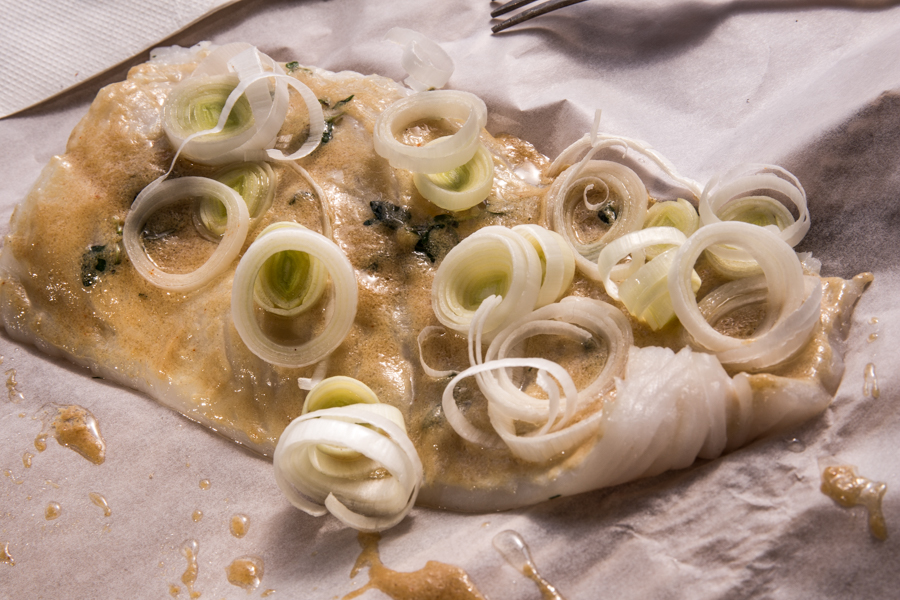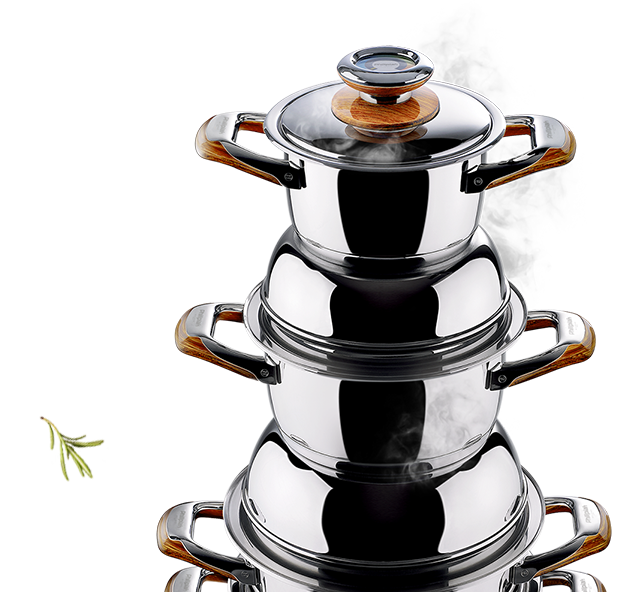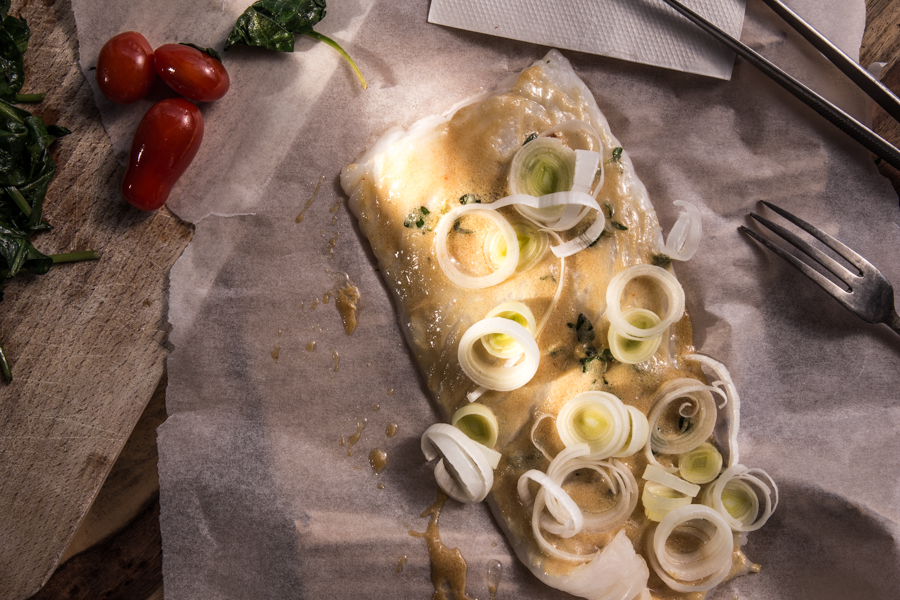
Why steaming is a good Idea? Today’s special: marinated pikeperch
If I write that every day you should eat as many vegetables as possible, it will be a cliché of a cliché.
But the question how to prepare them so that they retain most of their nutritional value is still valid.
I know many people who eat vegetables raw, claiming that cooking them kills the vitamins contained within. As a matter of fact, this is not entirely true. Granted, some vegetables lose their properties when we cook them, but this refers only to some part of the nutrients contained in them.
To quote a certain German study, for instance, by eating raw vegetables, we absorb large amounts of beta carotene, but only a tiny amount of lycopene. A tomato is a good example of a vegetable which releases lycopene, a powerful antioxidant, precisely when exposed to temperature. We should also remember that, e.g., in winter, our body should be provided with foods and spices that warm it up, and some raw vegetables acquire such properties only during cooking.
Cooking, however, does not do any good to vitamins that are soluble in water (like B and C). On the other hand, fat-soluble vitamins, such as A, D, E, and K, handle high temperatures better. The individual components of the same products sometimes react differently to heating.
So, with that said, what is best way to prepare meals that would allow our body to absorb the largest number of the necessary nutrients?
Well, first off, I strongly advise against frying! Switch to boiling and steaming.
Keep in mind, however, that neither of the processes just mentioned should last too long. Otherwise, the nutritional potential of certain vegetables will go to waste. Broccoli, for example, is worth blanching because it loses its properties, when cooked too long. Whereas, according to the Journal of Agriculture and Food Chemistry, carrots or zucchini prefer boiling to steaming, if they are to retain most of their beneficial properties.
Personally, however, I am a fan of preparing light meals by heating in steam.
It is an old cooking method that allows the vegetables to keep their natural flavors, colors, and – most importantly – nutrients (vitamins, minerals, and fiber). When this method is used, meat, for example, becomes easily digestible, while remaining juicy.
What are the main benefits of steaming?
- better digestibility of food
- low fat content (I suggest you add some fat to a dish, such as coconut oil or olive oil, but without heating either of them)
- foods lose fewer vitamins and minerals this way
- simply put, products become soft faster
How to prepare dishes using the steaming method?
It’s very simple, actually. Just purchase a special container/cooking strainer and attach it on top of a pot filled with water. Then, place the products in it, put the lid on, and start steaming!
Alternatively, you can also get yourself some special kitchen equipment for steaming.
Perhaps it’s time we translated words into action, hmm? Let’s prepare something nice using the steam method :).
Steamed Marinated Pikeperch by Ann
Preparation:
In a bowl, mix together all the sauce ingredients. Next, place the fish in it and marinate in the fridge for about 1 hour. In the meantime, blanch the spinach and slice the leek.
When the hour is up, place the fish in the container suitable for steaming, sprinkle it with spices, and spread the leek over it. Steam it for about 20 minutes.
Serve it on spinach with cherry tomatoes and your favorite spices.
Bon appétit!












Comments No Comments
Join the discussion…